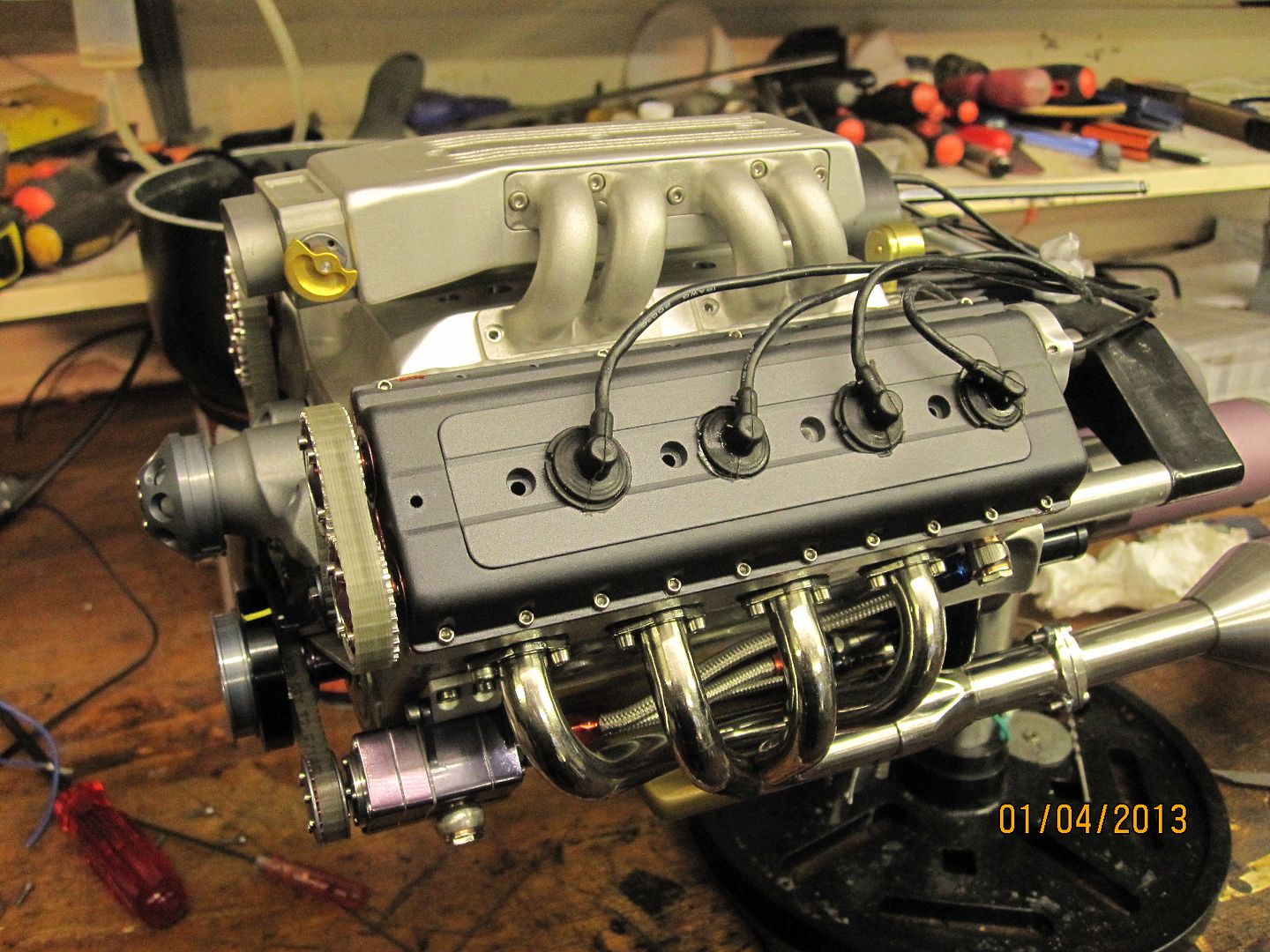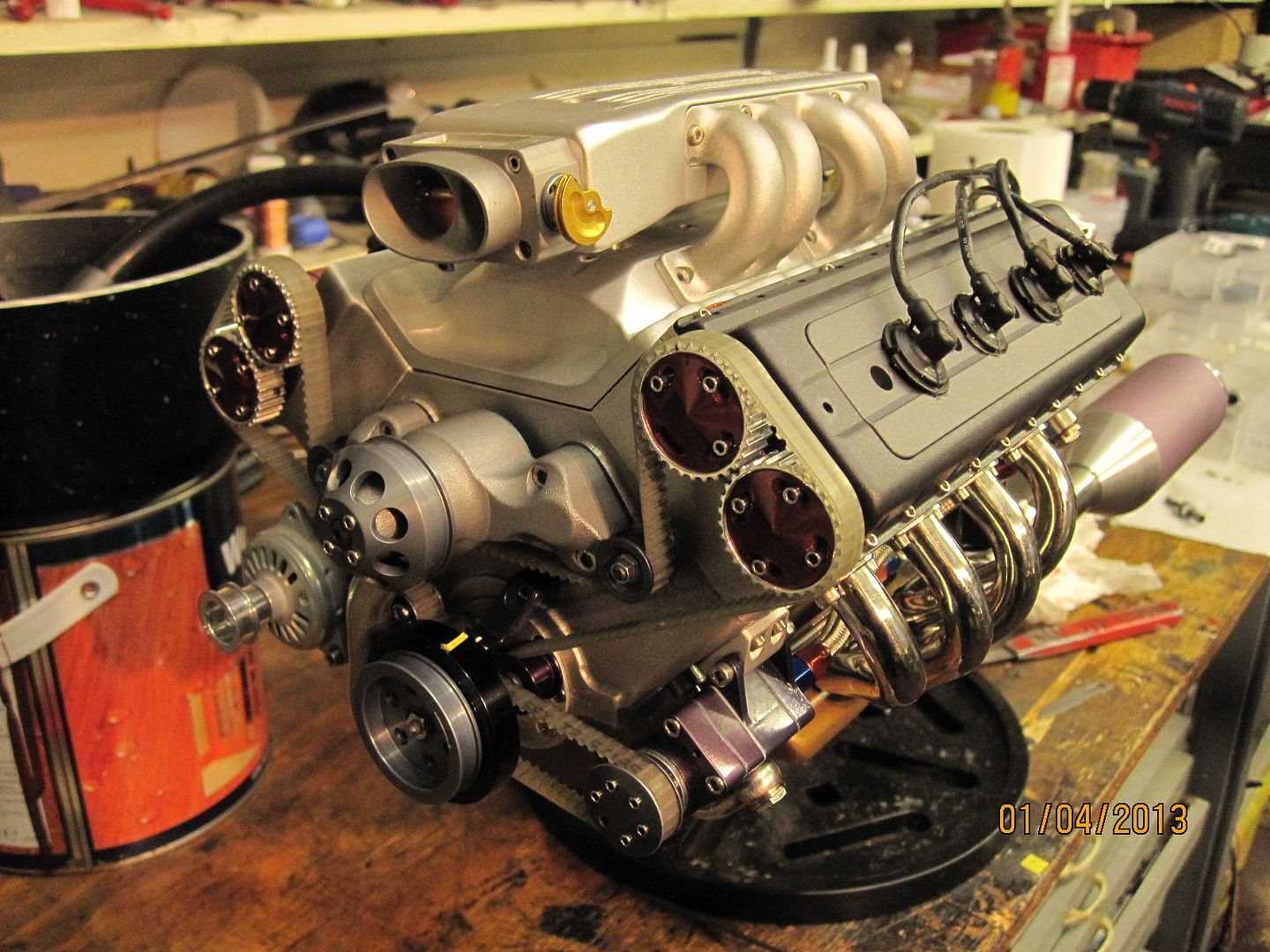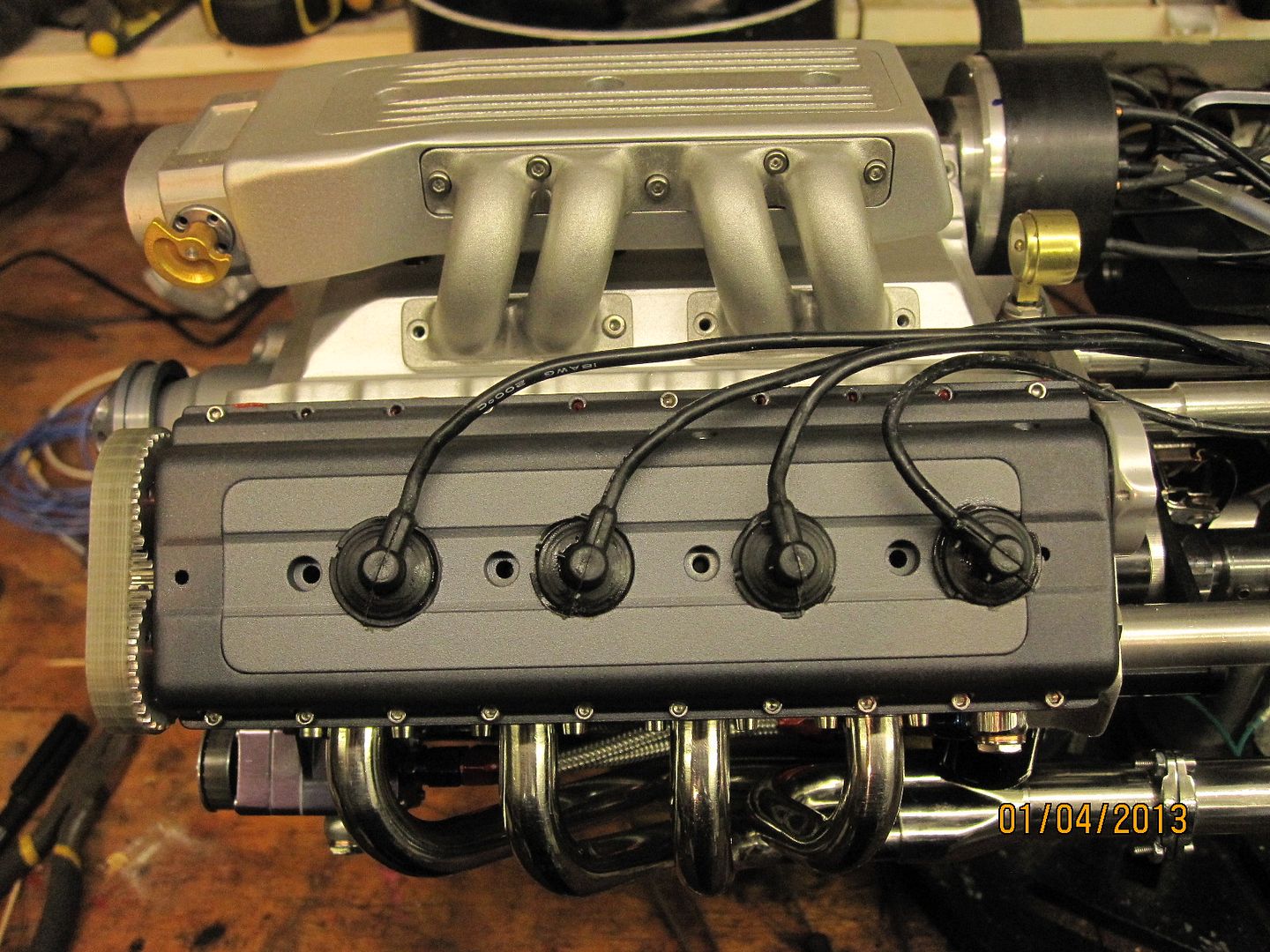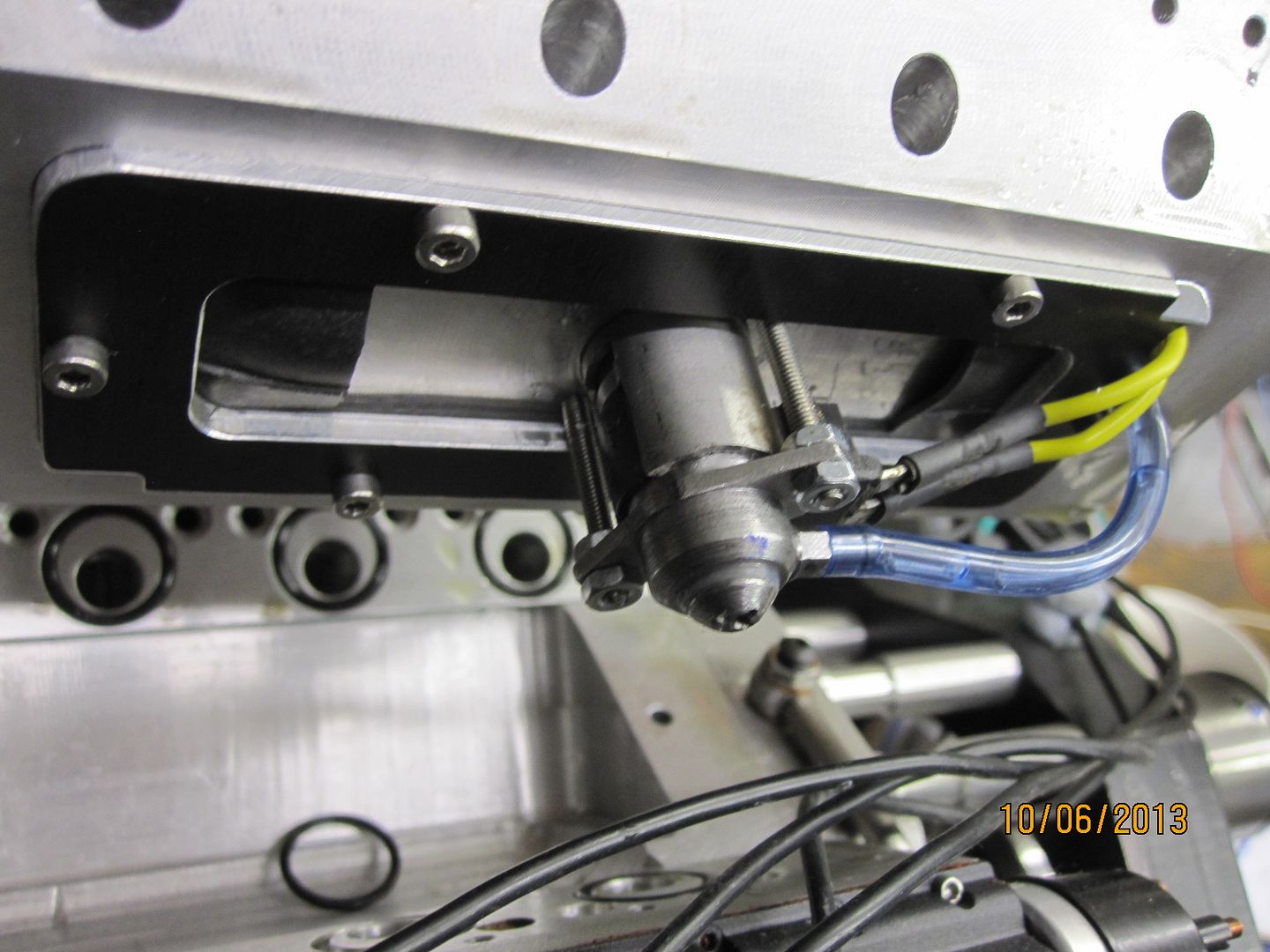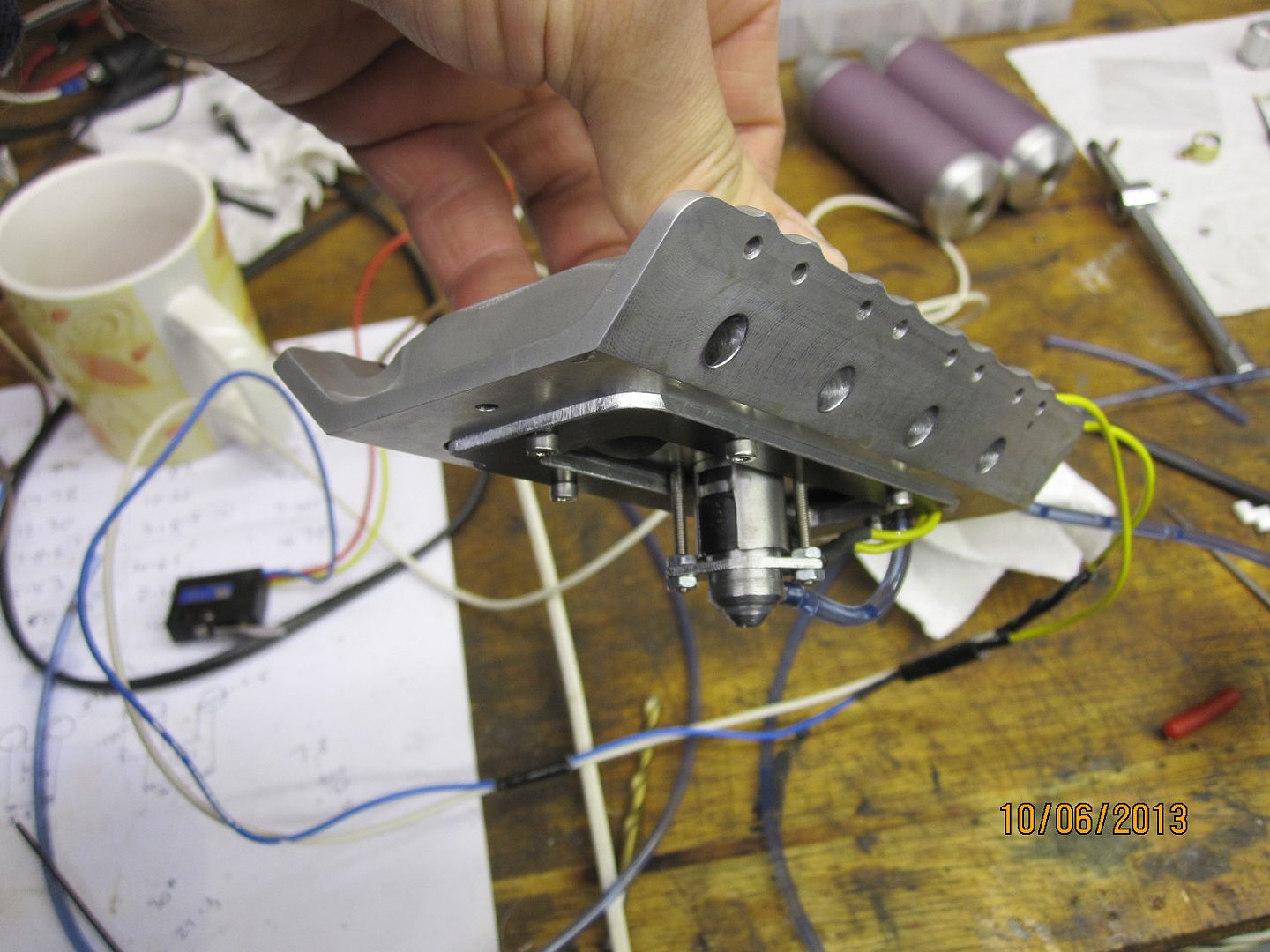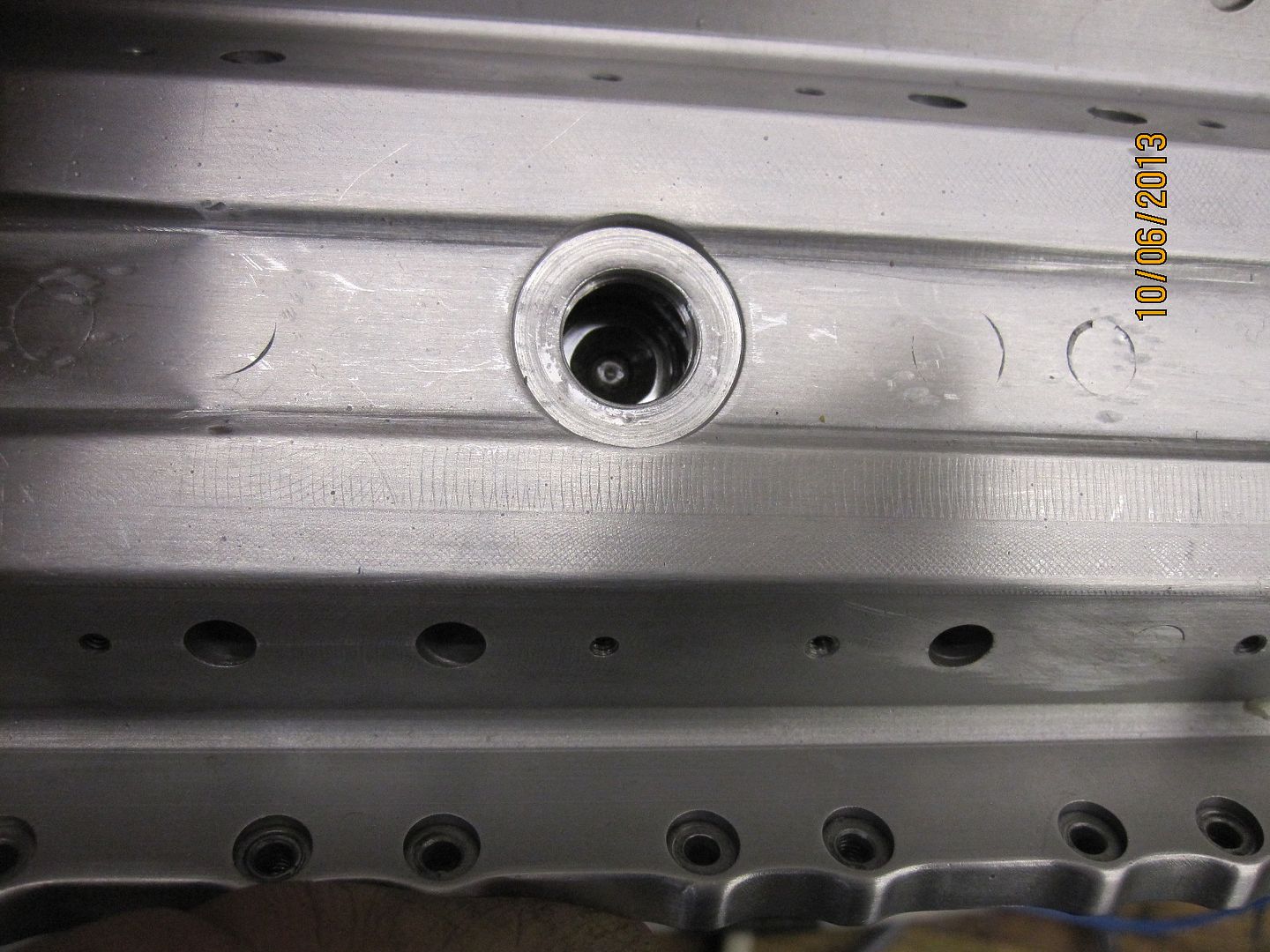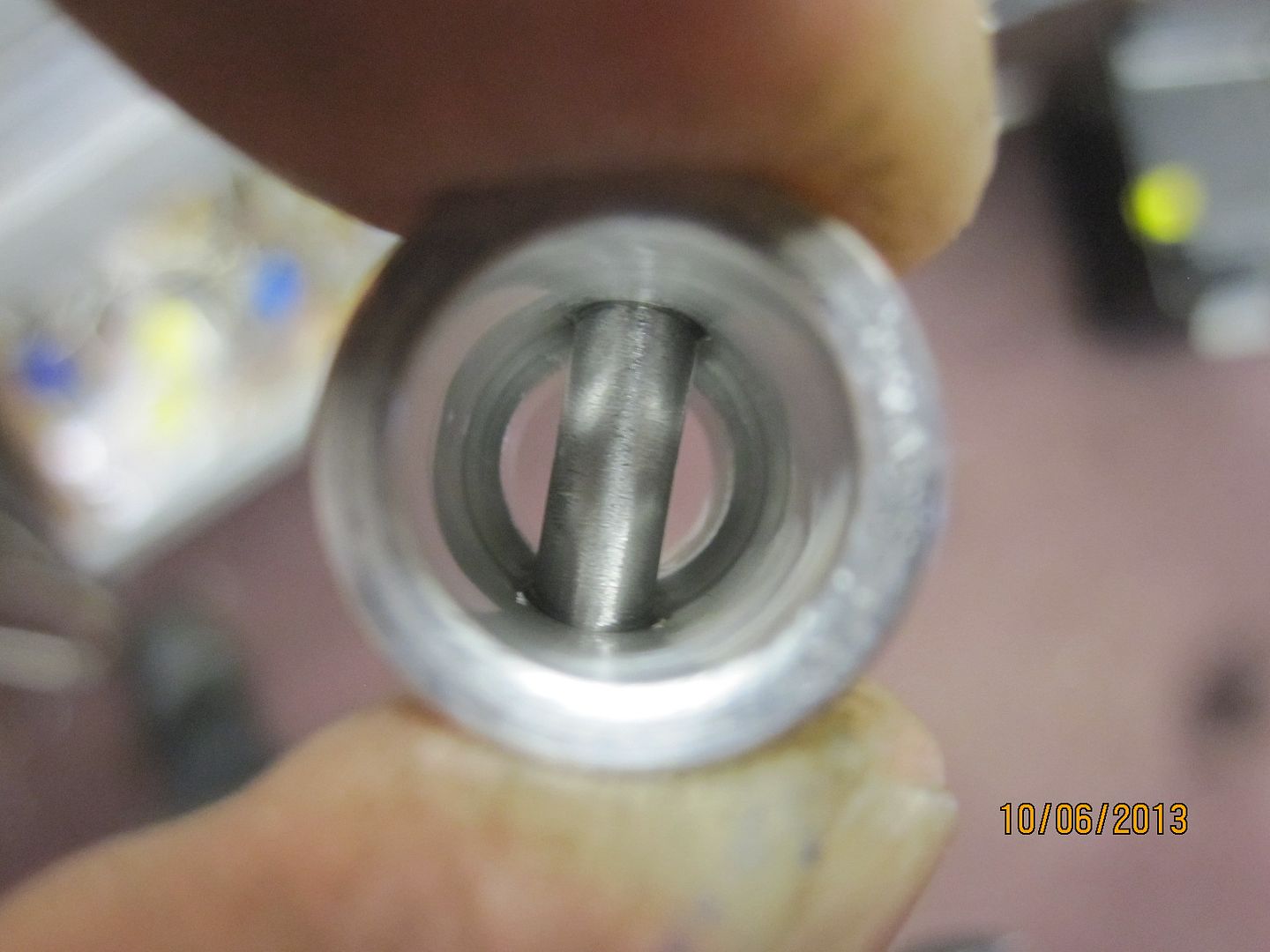Lakc
Well-Known Member
Smoke is a good thing, it means it is running. 
Sticking an oil ring in is more then just tricky, you have to have a place for all the scraped oil to go. Smoke may get better with some runtime, or it may not. I personally would not worry about re-engineering the pistons at this point, I would concentrate on baffles and crank scrapers, and save the oil rings for the next design. However, thats me, you have to do what makes you happy.
Sticking an oil ring in is more then just tricky, you have to have a place for all the scraped oil to go. Smoke may get better with some runtime, or it may not. I personally would not worry about re-engineering the pistons at this point, I would concentrate on baffles and crank scrapers, and save the oil rings for the next design. However, thats me, you have to do what makes you happy.





